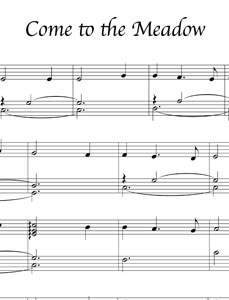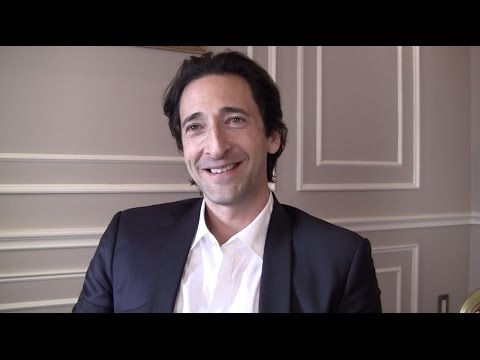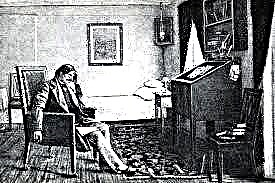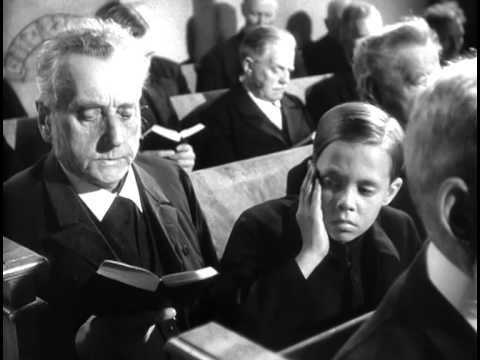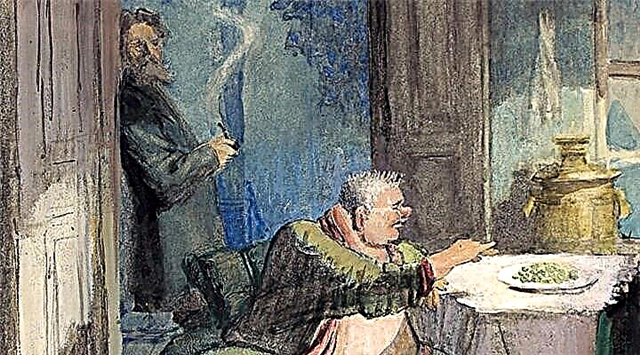(446 words) Many people say that dreaming is not harmful, but they do not always understand the meaning of this phrase. Usually a reproach is put in it: “You are only deceiving yourself with vain hopes!” So often answer the dreamer those who do not believe the vitality of his castle in the air. This answer, as it were, immediately elevates the caustic interlocutors over those who share ambitious plans. Consider literary examples, which more accurately determine the meaning of the statement.
Let us turn to Lermontov’s poem “Mtsyri”. The main character spent his whole life in a monastery. The prisoner's dream was freedom and the desire to return to his homeland, but in his position this is impossible. The boy was forcibly brought here many years ago, he was barely alive and didn’t remember the way. And they forgot him at home, so he has nowhere to return. In addition, the young man did not thoroughly prepare for the escape, his undertaking was doomed to failure in advance. Probably, had he been more reasonable and less temperamental, he would have thought of his daydreaming: “Dreaming is not harmful!” - and took the tonsure. But Mtsyri does not want to compromise and escapes from his "captivity". He stayed outside the monastery for only three days, and at the end of the work he returned there, involuntarily finding himself in the place from which he had escaped. Dying, he realized that only these three days he lived for real. And what would he get if he dismissed his dreams with the phrase “Dreaming is not harmful”? A dull and hated routine and not a single day of life. So, this phrase is just the go-ahead that people use to justify their own inaction.
In the work of A. S. Pushkin “The Tale of Tsar Saltan, of his son the glorious and mighty hero Bogdon Saltanovich and the beautiful princess Swans”, an interesting case is also depicted. When three damsels were weaving yarn under the window, each of them talked about what she would have done as a queen. One wanted to make a feast, the other dreamed that she would make a lot of paintings, and the third dreamed about the birth of a hero. The two older sisters were envious and evil, so they certainly could say: "Dreaming is not harmful." Their plans were prosaic, not leaving their comfort zone. Even on the throne, they would do what they do every day. Only the younger sister dared to make a real dream and presented herself as the king’s wife and the mother of his child. That is why the ruler, who overheard the girls, went into the room and announced that he would take the dreamer as his wife, and only appoint her pragmatic sisters as workers in the palace. This means that this go-ahead from dreams means fear of them and demonstrates the limitation of imagination.
The phrase “it is not harmful to dream” is the boundary of the comfort zone that a person spends to himself or to his interlocutor. So he limits the flight of his or someone else’s imagination, cuts his wings. Such a restriction promises a calm, but ordinary life without high standards and achievements, because it is dreams that make a person's life saturated and vibrant.





